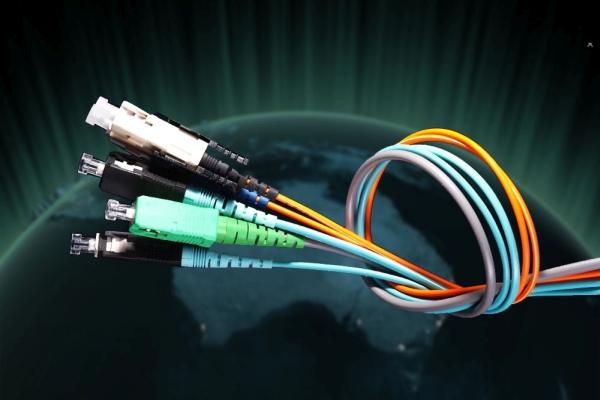Published on the 06/09/2017 | Written by Jonathan Cotton

It’s been a rocky road but the NBN rollout is starting to take shape…
The Australian telecommunications market is set to change dramatically over the next ten years, as the beleaguered NBN’s patchwork solution is finally rolled out, small providers fight tooth and nail to turn a profit and seemingly every individual connection failure is played out in the news.
“Australia has been lagging behind in terms of increasing its bandwidth for quite a while and we’re finally catching up with the rest of the world, so to some degree that’s a good thing,” said Phil Harpur, technology analyst and researcher behind The National Broadband Network – Moving into 2018, new research from BuddeComm.
“What’s disappointing is that it’s not the original vision of the NBN which was fibre to the home for everyone. What we’re getting is a half-baked, second solution.”
Expect the unexpected, Harpur says, as the government’s decision to move away from a pure FTTP plan to a multi-technology-mix approach (deploying FTTP, FTTN, FTTB and cable, as well as fixed wireless and satellite) insures results may vary depending on your location – troubling given that the NBN will become the predominant infrastructure in Australia.
“Most people should be on some sort of NBN service by 2020, however the quality of that service will vary dramatically and that’s a problem. It was supposed to be the same for everyone.”
“If you’re in the CBD of the city then you’re going to get some sort of fibre right to the building. Some people out in the bush will be getting satellite – that’s going to be pretty useless. In Sydney it’s going to depend on how far you are from the node. The same for the semi-rural areas as well. Because we’re using such a patchwork, consistency was always going to be an issue. Overall, I think it’s going to be on the side of disappointing.”
As competition increases, services improve, but in 2016 the concern was that smaller players were in danger of being squeezed out of the market through complex and expensive NBN wholesale offerings. Has the regulatory environment changed enough to let small players through?
Yes and no, says Harpur. The playing field may be more even, but small providers are still struggling to find a way to turn a profit.
“Smaller players are in a better position than they were pre-NBN because then they were at the total whim of Telstra. Telstra set the access price and if they didn’t like it Telstra would just take them to court,” he said.
“You’ve now got Telstra under enormous pressure with the share prices coming right down as they lose that monopoly. From that perspective it’s an evening of the playing field, with everyone now purchasing bandwidth from the NBN, but it’s still very difficult and very expensive for the smaller players to compete. That’s one of the reasons why they are over promising customers but under-delivering. Because they are forced to.”
And with promises being broken and with new users’ connection issues being broadcast in public, a cloud hangs over the rollout process, even as it gains momentum.
“The biggest thing that’s gone wrong, at least over the short term, is that the transition from the non-NBN to the NBN has gone terribly. It’s been an absolute disaster,” said Harpur.
“We’re getting press stories all the time about people who’ve moved from the non-NBN to the NBN and are either getting slower speeds than before, or who are having real issues in terms of it taking three months to connect and that type of thing.”
“It’s just taken far too long to get its act together and roll things out. We’re gaining some momentum now, but the whole thing should have been installed by now.”
For such a difficult birth – and by most accounts a fairly ugly baby – has it been worth it? And will the new $50 billion projection likely cover the cost once and for all?
“If I was a gambling man, I’d say no, probably not,” said Harpur.
“If you look at the past record of the Australian government it always costs more. It doesn’t matter whether it’s a telecommunications network or a tollway or a railway line, it’s always going to cost more.”
“I have to give credit to the government though – they have managed to get the cost right down by doing a more realistic fibre to the node. The idea of rolling out, to every single home, digging up underground to every single person’s house, that would take at least another five years and would probably cost double, so despite its downfalls it definitely is a much cheaper option.”
“So it might cost a bit more than that number, but we’ve now rolled out a significant part of the network, so at least we’re getting more realistic in terms of what it’s going to cost. The current number sounds a lot closer to a real figure than it was a few years ago.”



























